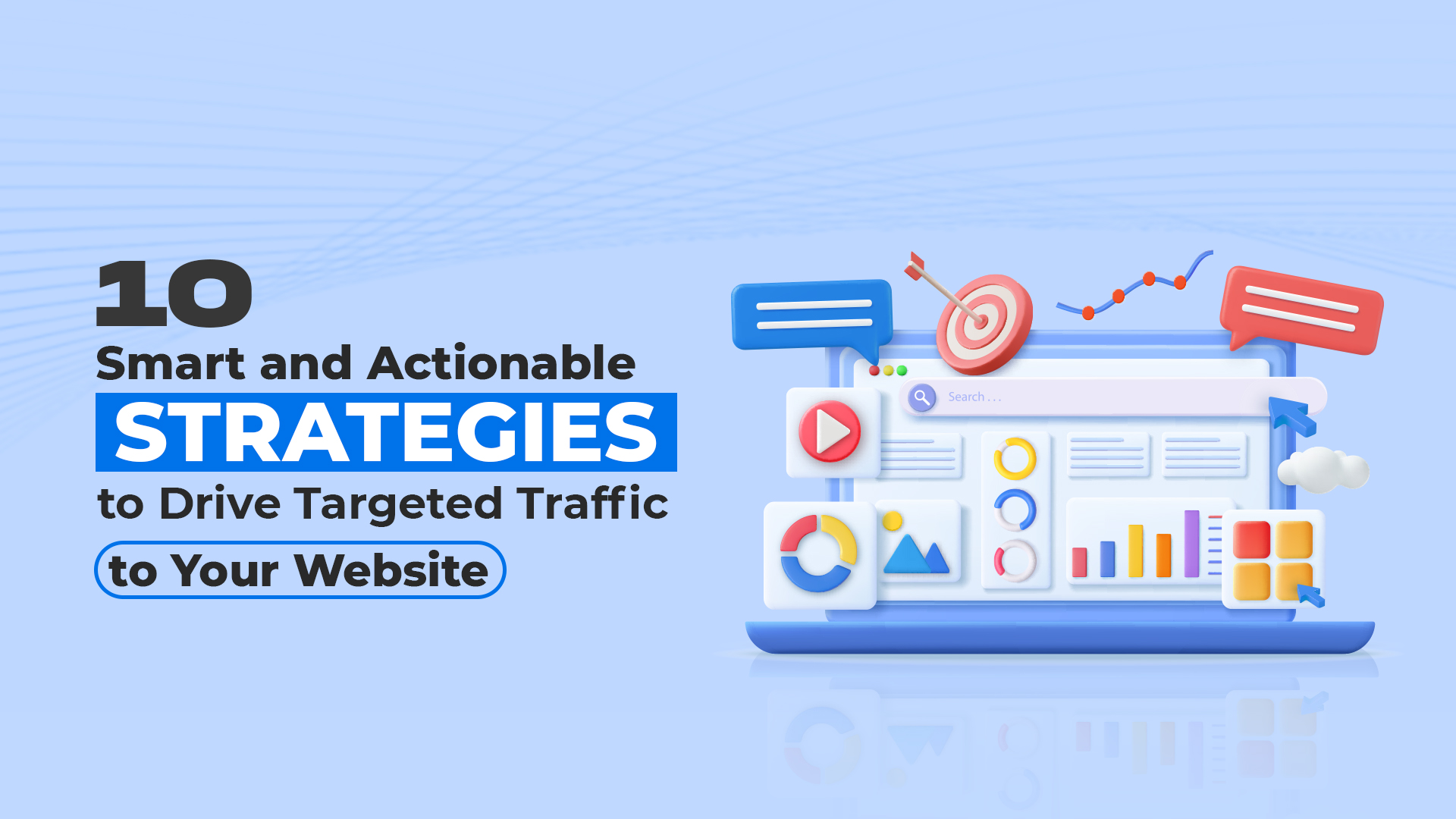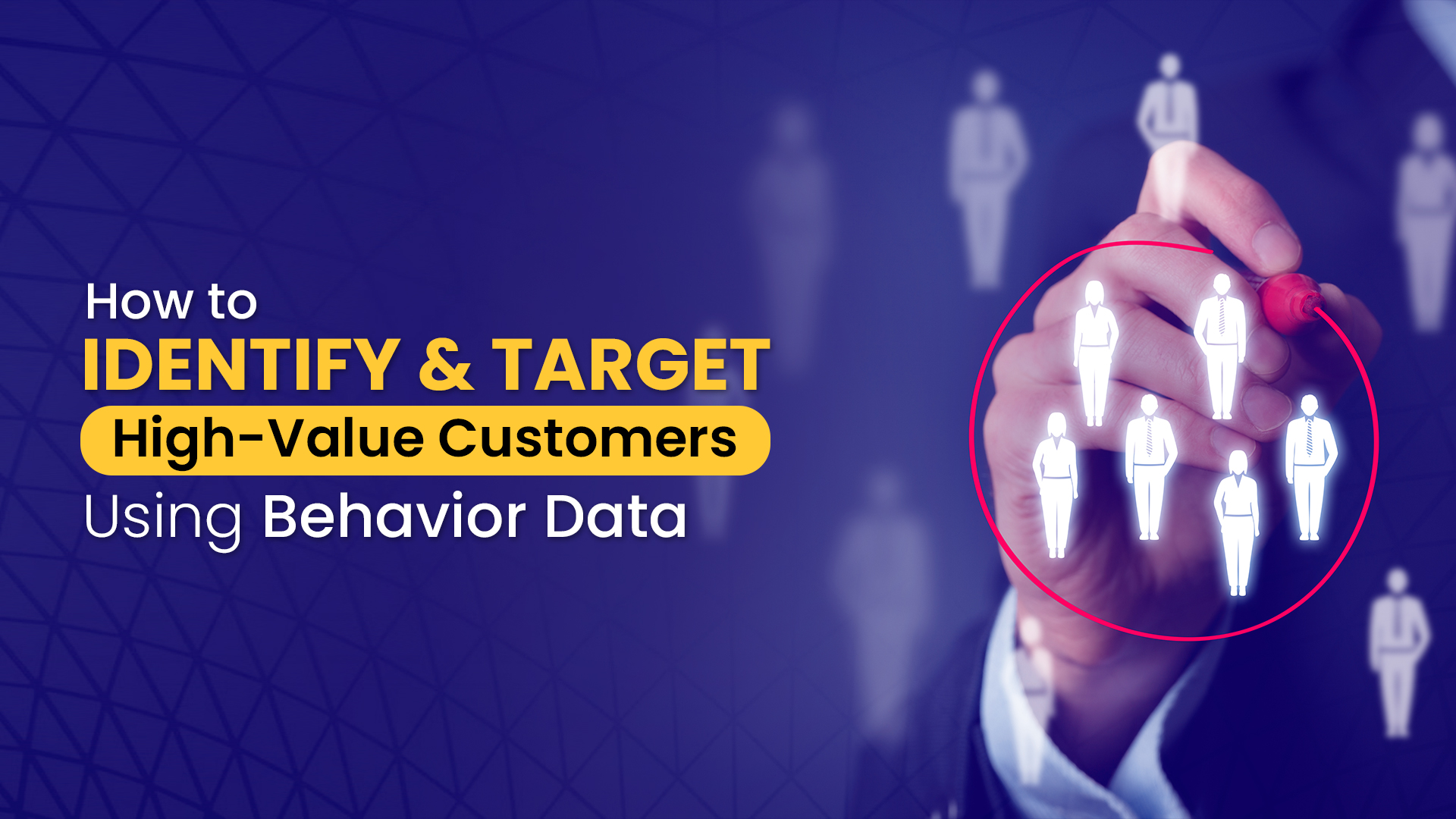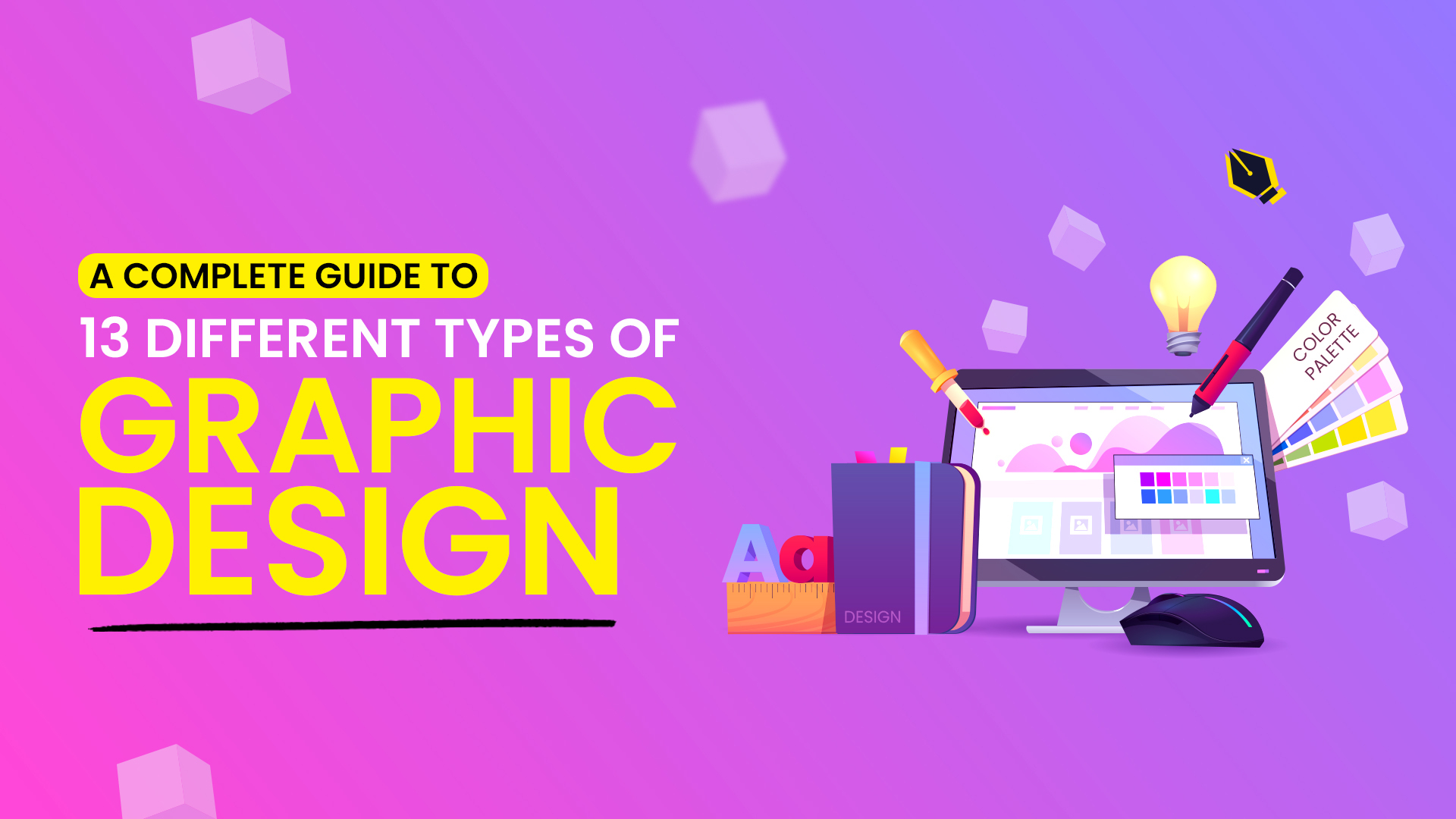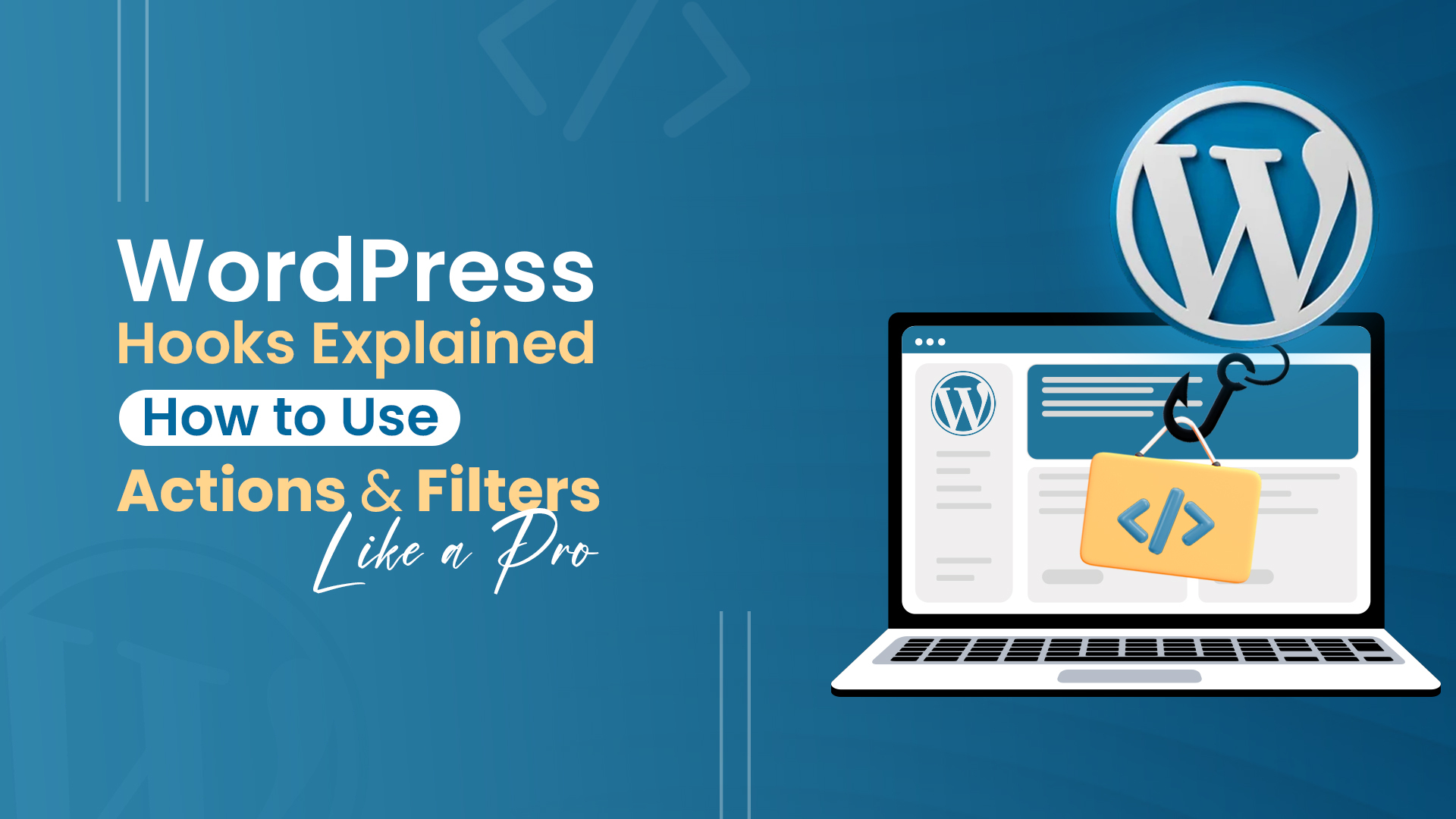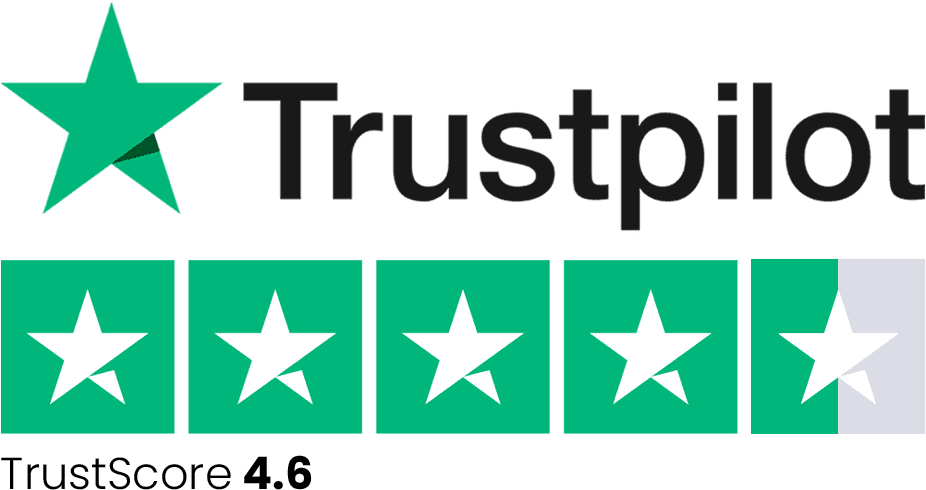Did you know? Over 60% of websites fail to convert their traffic into valuable leads or customers. It’s not just about getting visitors; it’s about attracting the right visitors. Many websites attract high volumes of traffic, but without the right strategies, they fail to convert these visitors into loyal customers. This post breaks down 10 advanced, lesser-known strategies to bring high-quality, engaged traffic to your site.
While many focus on increasing traffic volume, the real magic happens when you target the right audience. This blog focuses on practical strategies that don’t just inflate your numbers but aim to generate long-term results through targeted, high-converting traffic. You’ll learn how to turn the visitors you attract into lasting, engaged customers who keep coming back.
By the end of this post, you’ll have actionable strategies that go beyond basic SEO and social media posts. These tactics will help you not just increase web traffic, but convert those visitors into long-term customers.
Optimize Your Website’s Core Web Vitals (User Experience + SEO)
Core Web Vitals—like page load speed, interactivity, and visual stability—are now ranking factors in Google’s algorithm. Slow load times or unstable design can turn away visitors instantly, even if your content is excellent. The faster your site loads, the better the user experience, and the more likely you are to keep visitors engaged.
Actionable Steps:
– Use Google PageSpeed Insights to analyze your site’s speed and pinpoint issues.
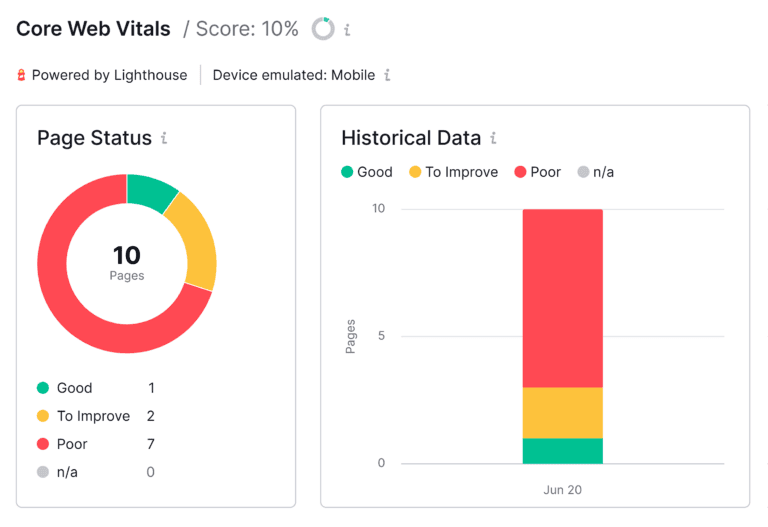
– Prioritize mobile optimization since mobile-first indexing is critical for ranking.
– Implement lazy loading for images and scripts, ensuring that design elements load smoothly without causing any jarring shifts.
A fast-loading, mobile-optimized site with minimal visual disruption can see a significant drop in bounce rates. For example, [Company X] improved their Core Web Vitals and saw a 35% increase in time-on-site.
Leverage the Power of Social Proof to Build Trust and Drive Traffic
People trust others over businesses. When you show that your product or service is recommended or trusted by others, you create an instant connection. Social proof boosts credibility, which leads to more traffic. After all, potential customers are more likely to trust recommendations from real users than marketing claims.
How to Use Social Proof Effectively:
– Customer Reviews & Testimonials: Embed positive reviews, star ratings, and written testimonials on key landing pages to convert visitors into customers.
– User-Generated Content (UGC): Encourage satisfied customers to share their experiences on social media. Use a branded hashtag or run a photo contest to increase visibility.
– Case Studies & Success Stories: Develop detailed case studies showcasing how your product has solved real-world problems for your clients.
Display real-time statistics like “Over 1,000 people have bought this product in the last 24 hours” or “Join the 500+ subscribers who trust our service.” These social proof elements can make all the difference in persuading visitors to take action.
Create Interactive Content (Quizzes, Polls, and Calculators)
Static content is becoming less engaging. Today’s audiences crave personalized, interactive experiences that keep them engaged. Interactive content doesn’t just provide information—it invites participation, which makes it far more engaging. Whether it’s a quiz, a poll, or a calculator, interactive content can significantly increase user interaction.
How Interactive Content Drives Traffic:
– Quizzes: Create fun, relevant quizzes related to your niche. For example, if you’re in fitness, a quiz on “What’s Your Fitness Personality?” can be shareable on social media, creating a personalized experience for the user.
– Polls & Surveys: Engage your visitors with polls related to their preferences, then show them tailored content based on their responses.
– Calculators: Offer tools like cost estimators or ROI calculators that help visitors make decisions, providing value while encouraging them to stay on your site longer.
BuzzFeed is known for creating viral quizzes that attract thousands of shares across social media. Their simple but effective quizzes drive significant traffic back to their site. Quizzes not only capture attention but also encourage sharing, creating a snowball effect that increases visibility.

Build a Content Hub with Evergreen Resources
Rather than creating isolated blog posts, a content hub acts as a central resource where all related topics are grouped together. This not only enhances SEO but also keeps visitors on your site longer, improving your site’s authority. When organized correctly, a content hub becomes a destination for users, where they can find all the information they need, leading to higher engagement and more organic traffic.
Actionable Steps to Create a Content Hub
– Identify Pillar Topics in Your Niche: Begin by identifying core topics that are central to your business. These should be broad subjects that can cover multiple subtopics. For example, a website about fitness might have pillar topics like “Nutrition,” “Home Workouts,” or “Healthy Lifestyle.”
– Create Comprehensive Guides: For each pillar topic, create in-depth guides that cover all aspects of the subject. These long-form pieces not only perform better in search engines but also provide value to your audience.
– Organize Content into Categories: Once you’ve established your pillar topics, categorize all related content under each one. This creates a well-organized, easy-to-navigate structure, allowing users to find what they need without frustration.
– Use Internal Linking Extensively: This is key to SEO and keeping users on your site. Link your blog posts, guides, and articles to each other, creating a web of interconnected content. This encourages visitors to explore more of your site and stay longer, improving time-on-site and overall engagement.
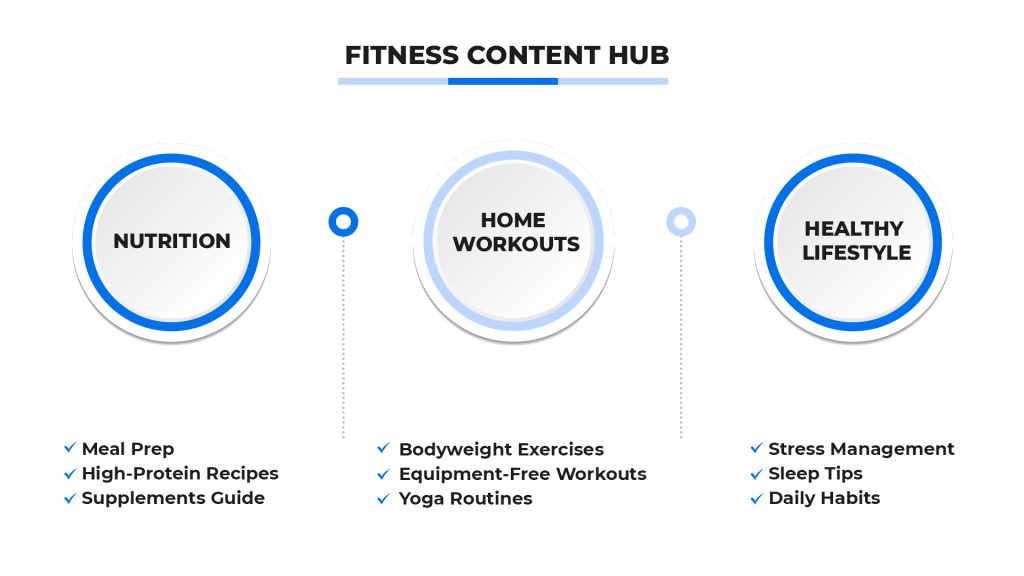
Amplify Your Reach with Cross-Promotion and Content Partnerships
Not all traffic is created equal. Collaborating with businesses, influencers, or bloggers within your industry for cross-promotion can amplify your reach and ensure that you’re attracting the right audience. The key to success lies in promoting your content to a niche, like-minded audience that values what you offer. This means partnering with others who share your target demographic, allowing you to tap into new pools of relevant traffic.
How to Collaborate Effectively
– Guest Posts & Blog Exchanges: Writing guest posts for other blogs or inviting other bloggers to post on your site is an excellent way to introduce your content to a fresh audience. This provides value to both parties while broadening your reach.
– Joint Webinars & Live Streams: Co-hosting a webinar or live stream with another industry expert can significantly increase visibility. Both parties share insights, resources, and audience bases, making the experience more valuable for everyone involved.
– Social Media Takeovers: Invite influencers or thought leaders to take over your social channels or offer to do the same in return. This helps you access each other’s audience and can be a fun, interactive way to engage with followers.
When reaching out for partnerships, personalize your pitch. Highlight the specific benefits each party will receive from the collaboration, whether it’s expanded reach, shared resources, or increased credibility. Tailor your outreach to show how the partnership can add value to both sides—this leads to more successful and lasting partnerships.
Capitalize on Video Content for Organic Traffic
Video is one of the most engaging forms of content today. Not only do videos capture the audience’s attention more effectively than text-based articles, but they also enjoy higher search engine rankings, making them essential for any traffic strategy. Whether it’s product demos, behind-the-scenes footage, or customer testimonials, video is a must-have for driving organic traffic.
Actionable Video Strategies
– Create Explainer Videos: Produce short, engaging explainer videos that break down your product or services. These can be shared easily across social media platforms, encouraging viewers to visit your site for more information. For instance, a product demo video on Instagram could link back to your e-commerce page for conversions.
– Repurpose Blog Content into Video: Repurpose your blog posts into bite-sized video summaries. Post these on platforms like YouTube, Instagram, or TikTok, where short-form content can go viral. This helps you attract traffic from different mediums and audiences.
– Live Q&A Sessions: Hosting live Q&A sessions on platforms like Facebook or Instagram allows you to engage with your audience directly. By answering their questions in real-time, you build trust and encourage followers to visit your site for more information. These sessions also foster a sense of community and connection with your brand.
To maximize the reach of your videos, ensure that your titles, descriptions, and tags contain relevant keywords. This helps your videos rank higher in search results, making it easier for potential visitors to find and engage with your content. Video content on platforms like YouTube can become an ongoing source of traffic, especially when properly optimized.
Implement Retargeting Ads for Ongoing Traffic Generation
Not all visitors convert on their first visit to your website. Retargeting ads provide a second chance to engage them. These ads ensure that users who previously visited your site are reminded of your offerings across various websites they browse, keeping your brand visible and top of mind.
Why Retargeting Ads Work
– Higher Conversion Rates: Retargeted visitors are more likely to return and convert since they have already shown interest in your brand. According to a study by WordStream, retargeting ads are 76% more likely to be clicked on than a regular old display ad.
– Custom Ads Based on User Behavior: Retargeting allows you to show ads that are tailored to what users have already browsed or shown interest in. Whether it’s a specific product they viewed or a blog post they read, these personalized ads are more likely to capture attention and drive conversions.
Start simple with Google Ads or Facebook Ads to set up retargeting campaigns. You can boost engagement by offering incentives such as discounts or free trials in your ads to encourage previous visitors to return and take action.
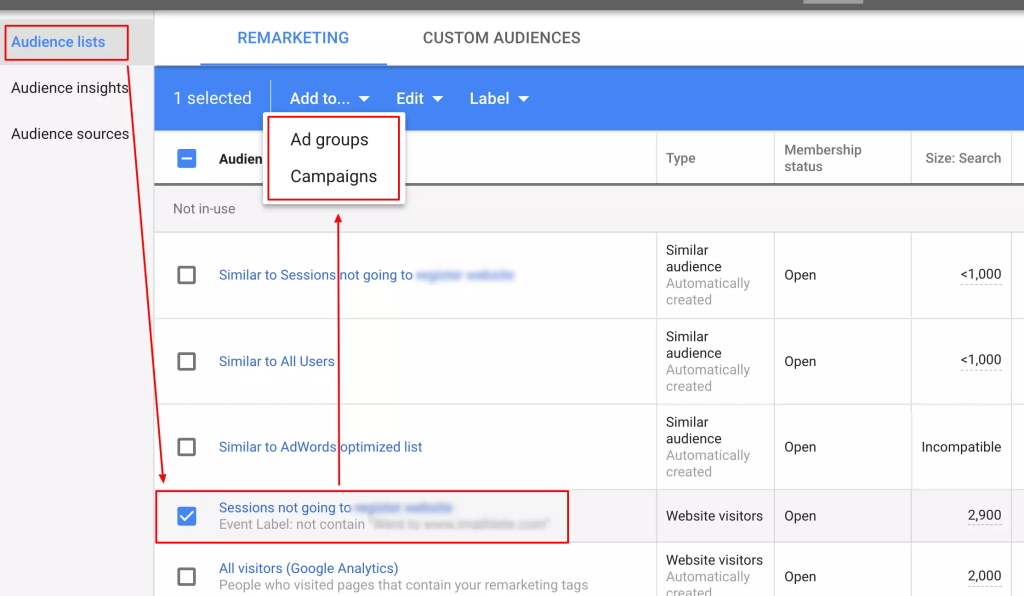
Utilize Long-Tail Keywords to Attract Niche Audiences
Instead of only targeting broad, short-tail keywords with heavy competition, try diving deeper into niche topics using long-tail keywords. These keywords, which are longer and more specific, tend to have lower competition and attract a more targeted, ready-to-convert audience.
How to Find Long-Tail Keywords
– Use Google Keyword Planner, Answer The Public, or Ubersuggest: These tools help you identify long-tail keyword opportunities in your niche. Look for phrases that are specific to your products or services and have a decent search volume.
– Create Blog Posts and Content Around These Keywords: Develop content targeting these long-tail keywords. For example, a blog post titled “Best project management tools for remote teams” will attract an audience looking for exactly what you offer.
A B2B SaaS company focusing on long-tail keywords such as “best project management tools for remote teams” rather than just “project management tools” saw a 60% increase in organic traffic. This strategy attracted a much more targeted audience, ready to make a purchase decision.
Use Email Marketing for Consistent Traffic Flow
Social media traffic can fluctuate, but email offers a more stable and direct line to your audience. By nurturing your email list and sending value-packed content, you can bring consistent traffic back to your site. Emails allow you to stay connected with your audience and guide them back to your site with relevant content and offers.
How to Build an Email Campaign That Drives Traffic
– Send Value-Based Newsletters: Curate valuable content such as blog posts, industry news, or exclusive offers, and include links back to your website. This drives repeat visits from your most engaged users.
– Segment Your Email List: Tailor your content to different groups of subscribers based on their interests, behaviors, or past interactions with your site. This helps ensure the content is relevant and increases the likelihood that they’ll click through to your website.
– Offer Exclusive Deals for Email Subscribers: Give your subscribers something extra, such as a special offer or early access to new products. This can incentivize them to return to your site and keep engaging with your brand.
Build Strategic Relationships with Micro-Influencers for Hyper-Targeted Traffic
Micro-influencers—those with smaller yet highly engaged followings—are an often-overlooked goldmine for driving targeted traffic. Unlike big-name influencers, micro-influencers have a more personal connection with their audience, and their recommendations often carry more weight.
How to Find and Work with Micro-Influencers
a. Identify Micro-Influencers in Your Niche
Look for individuals whose audience aligns closely with your target demographic. Ensure their content is relevant to your brand, and their followers are actively engaged.
– Tip: Use tools like BuzzSumo or search relevant hashtags on platforms like Instagram and TikTok to find potential influencers.
b. Offer Value
Provide micro-influencers with value in exchange for their promotion. This could include:
– Free products or services.
– Affiliate commissions or monetary compensation.
– Exclusive content or early access to new offerings.
By giving them something meaningful, you increase the likelihood of them sharing your brand with their audience.
c. Personalize Your Pitch
When reaching out, tailor your approach to the individual influencer. Highlight why their audience would benefit from your product or service and how their unique voice aligns with your brand.
– Example Message:
Hi [Name],
I’ve been following your amazing content about [specific niche], and I think your audience would love our [product/service]. We’d love to collaborate and offer you [specific value]. Let me know if you’re interested!
Conclusion
Driving traffic to your website is important, but attracting the right audience is what truly makes the difference. By focusing on strategies like optimizing your site, creating valuable content, and building meaningful connections, you can bring in visitors who are more likely to engage with your brand and become loyal customers.
Start small, stay consistent, and track your results. Over time, these actionable steps will help you build a strong foundation for lasting growth. Remember, it’s not just about traffic—it’s about creating real value for your audience.
If you have any questions or need help implementing these strategies, feel free to reach out to us. We’re here to support you in achieving your goals!
